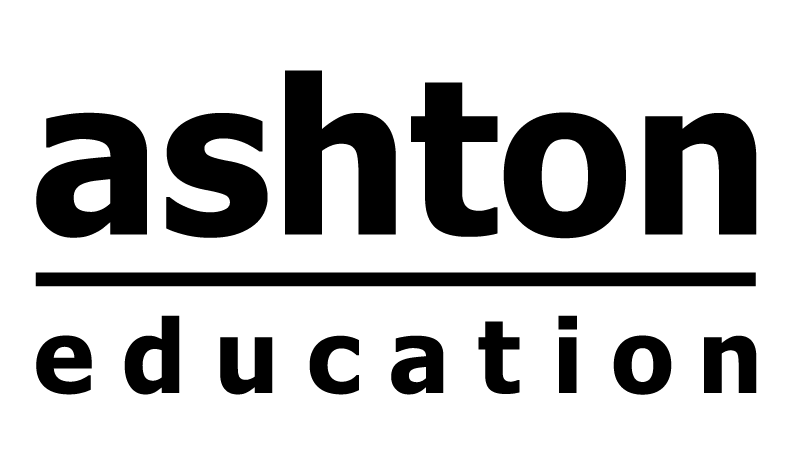Soft Skills You Can Learn in Therapeutic Recreation
What is Therapeutic Recreation?
Therapeutic Recreation can be summarized as therapy that does not use traditional methods and utilizes the client’s exposure and understanding of the world to achieve self-actualization.
What do Recreational Therapists do?
Although it may sound simple at first, Recreational Therapists must understand the client in order to understand who they are and know what previous treatments they have done before and why they have failed. They are commonly seen working side by side with other health care professionals including, but not limited to, hospitals, rehabilitation centres, schools, and correctional facilities.
The Goal of Therapeutic Recreation
As for the goal of Recreational Therapy, it is to create and maintain positive emotion and action in clients. This will enable them to take on increasingly challenging opportunities, improving themselves autonomously. – Carruthers and Hood, 2007
Our Therapeutic Recreational courses are an excellent introduction to the field. Once you decide on Recreational Therapy as a career, you can either pursue a two-year diploma or a four-year bachelor’s degree like our very own Johnathan Pathmanathan. For now, these are the skills you can learn through our courses.
Introduction to Recreational Therapy
The introductory course will provide you with the “why” and the “what” in the concepts, history, and philosophies of Recreational Therapy. In this course, you will achieve self-awareness, in particular empathy and attention to detail.
Empathy
To learn how to treat the client, one must first understand how they feel. This course will discuss the wide range of mental disabilities and barriers that you need to know about. Understanding them and how they affect people will enable you to come up with ways to help them.
Attention to Detail
Of course, empathizing is one thing, but no client will be able to easily tell you what troubles them. So, you need to watch, communicate, and analyze the client. Once the initial observations have been made, you need to then identify their barriers. It could be from a mental disability, failed prior treatments, other types of barriers, or a combination of the three.
Advanced Therapeutic Recreation
Once you have gotten through the basics on the intro course, you will learn how to apply that knowledge as efficiently as possible, while minimizing risks that the client could encounter.
Problem Solving
From identifying your client’s mental disabilities/barriers, your next step is to figure out the best course of action to solve your client’s problems and establish autonomy. While figuring out what to implement, you would have to consider the possible options while considering the client’s barriers, to provide the best outcome possible.
Communication and Teamwork
While establishing the best outcome possible, you will also be working with other health care professionals, and they would be treating and analyzing your client either before or after your turn in treating them. With that, it is crucial to share information with each other so that you would not step on each other’s toes.
Planning and Risk Assessment
Lastly, the skill that ties the whole thing together is knowing how to plan and assess any current and future risks. It is crucial to create a plan that covers everything that we talked about here. Keeping in mind the existing barriers/mental disabilities, possible treatment methods, past/future treatments from other health care workers and execute it well. Because if it is not executed well, the effect on the client may have the opposite effect or being made even worse. So, it is key to know what can go wrong and what are ways to circumvent it.
Ready to help?
To learn more, check out our Therapeutic Recreation Demo Class. If you are interested, we offer an Introduction to Therapeutic Recreation class and an Advanced Therapeutic Recreation class. Make an impact today!




